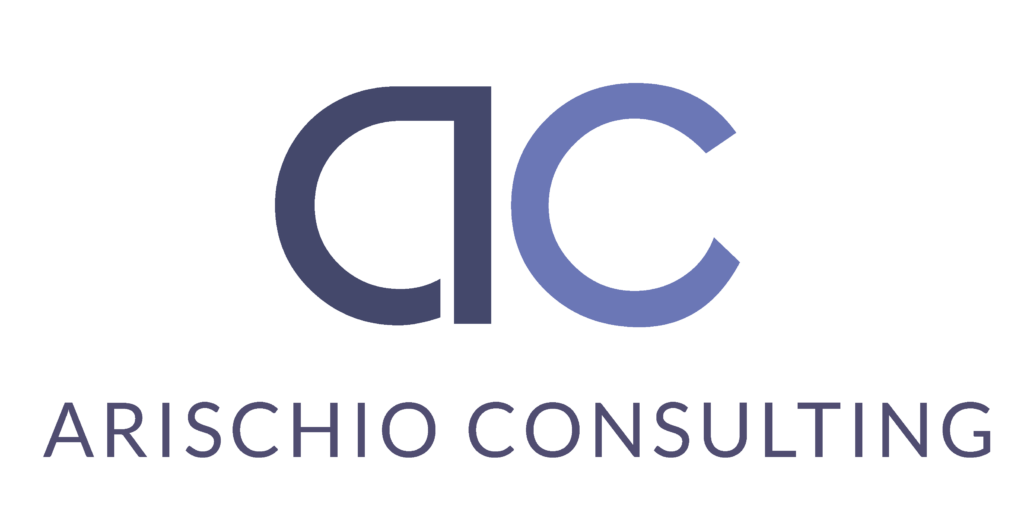1. Understanding Good Risk Culture: A good risk culture is an environment where every member of the organization is aware, involved, and committed to managing and mitigating risks. Key characteristics include:
- Awareness: Employees at all levels understand the risks associated with their roles and the broader business context.
- Responsibility: Individuals take ownership of risk management within their scope of work.
- Communication: Open and effective channels exist for discussing risks and uncertainties.
- Learning: The organization continuously adapts and learns from past risk events and near-misses.
2. Enhancing Risk Culture with AI Technology: AI can significantly enhance risk culture in the following ways:
- Risk Identification and Analysis: AI algorithms can process vast amounts of data to identify emerging risks and analyze patterns that might be invisible to the human eye. This proactive approach helps in anticipating and mitigating risks before they materialize.
- Predictive Insights: AI can provide predictive insights about potential risks, allowing organizations to prepare and respond more effectively.
- Decision Support: AI tools can assist in making informed decisions by providing comprehensive risk assessments and scenario analyses.
- Automation of Routine Tasks: By automating routine risk management tasks, AI frees up human resources to focus on more strategic risk considerations.
- Training and Awareness: AI-driven simulations and training programs can enhance risk awareness and preparedness among employees.
3. Key Challenges and Solutions:
- Data Quality and Availability: AI systems require high-quality data to function effectively. Ensuring the availability of accurate and comprehensive data is crucial. Solution: Invest in robust data management systems and practices.
- Ethical and Compliance Risks: AI deployment itself introduces new risks, including biases in algorithms and data privacy concerns. Solution: Establish strict ethical guidelines and compliance checks for AI systems.
- Integration with Existing Systems: Integrating AI into current risk management frameworks can be challenging. Solution: Develop a phased implementation plan and provide training to staff for smooth integration.
- Skill Gaps: There may be a lack of necessary skills within the organization to effectively use AI tools. Solution: Invest in training and possibly hire specialists with AI expertise.
- Reliance on Technology: Over-reliance on AI tools can lead to complacency. Solution: Maintain a balance between automated and human-driven risk management processes.
In conclusion, while AI offers substantial opportunities to enhance risk culture, it’s important to approach its implementation thoughtfully, addressing challenges through strategic planning and continuous learning. By leveraging AI, organizations can create a more resilient, aware, and proactive risk management environment.


